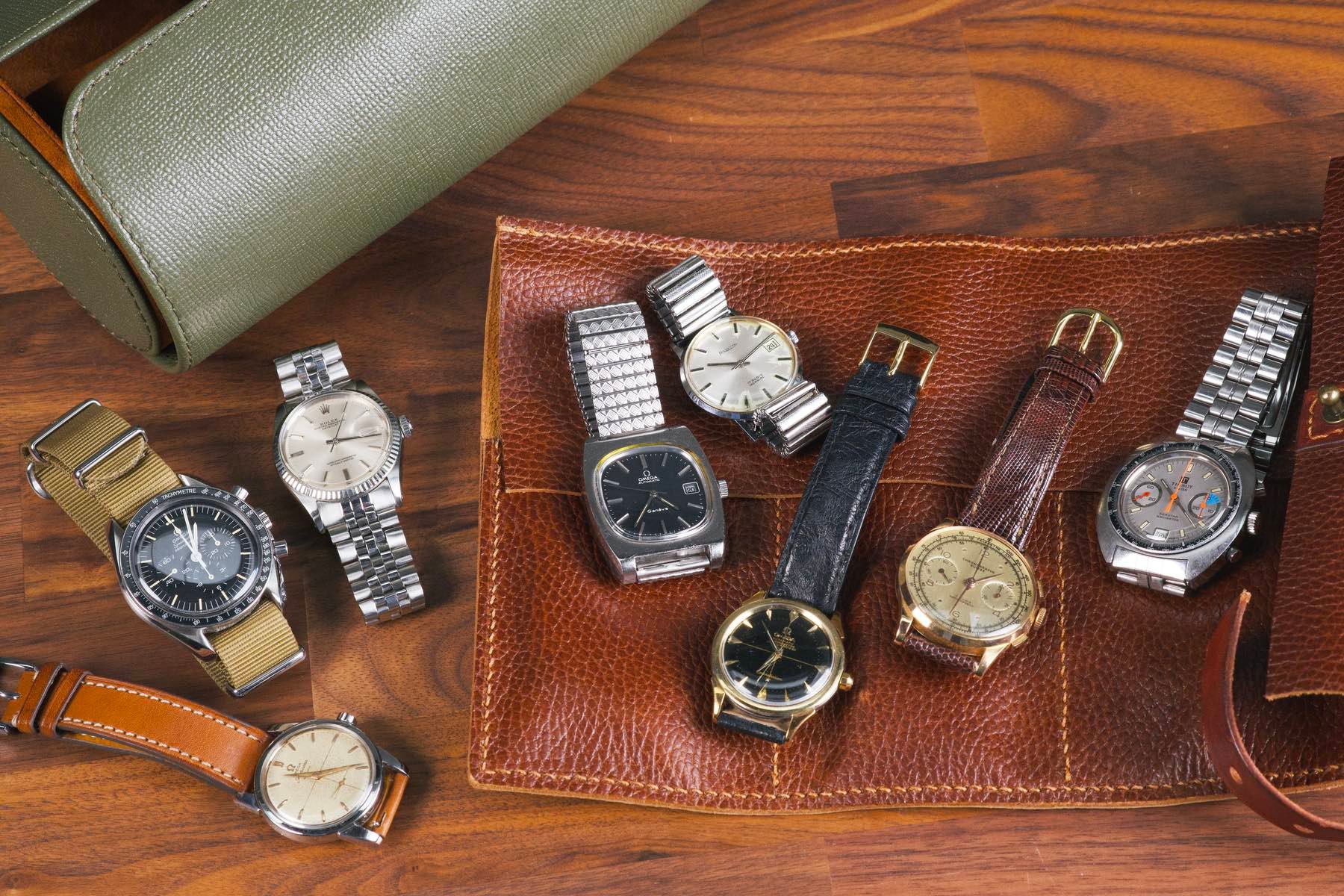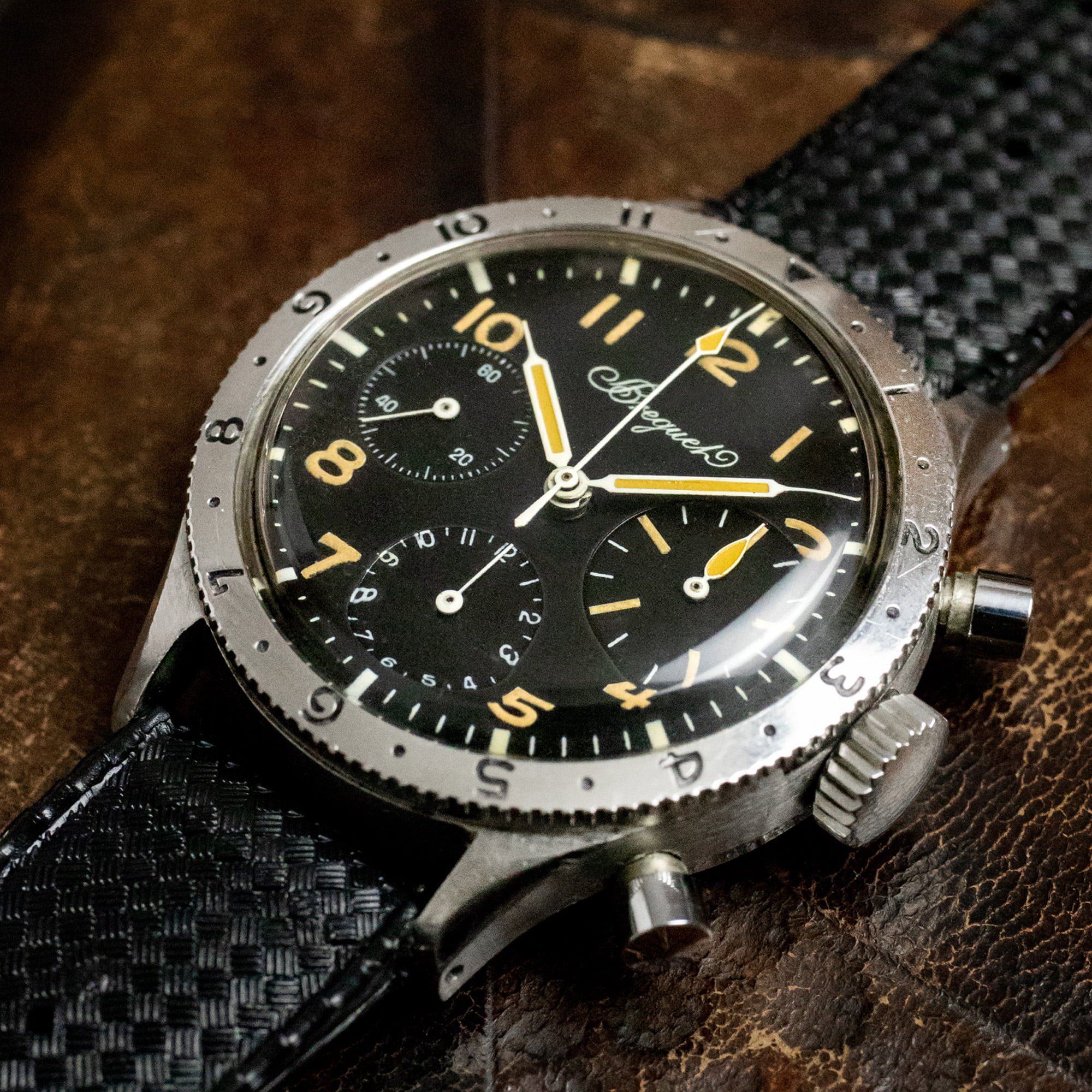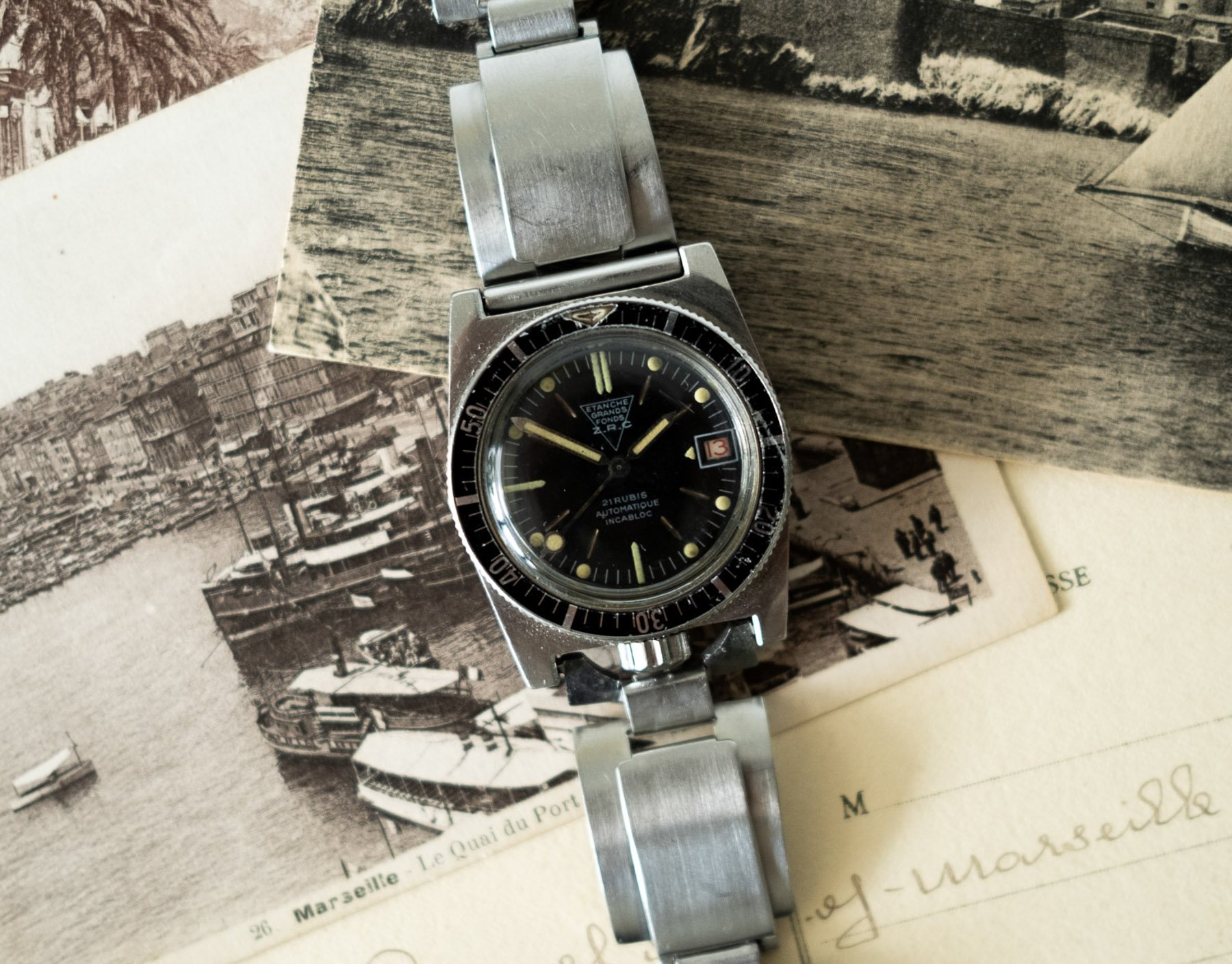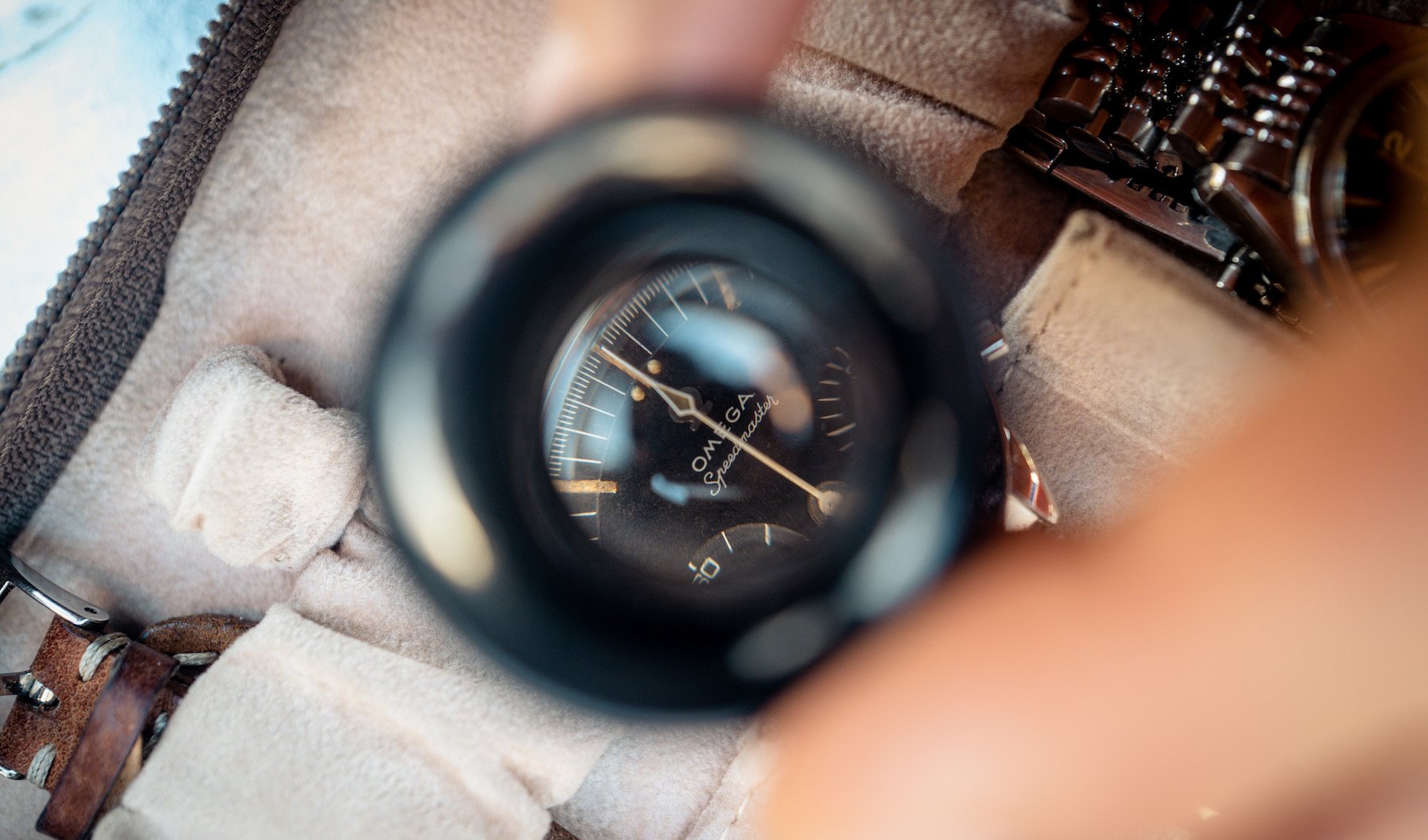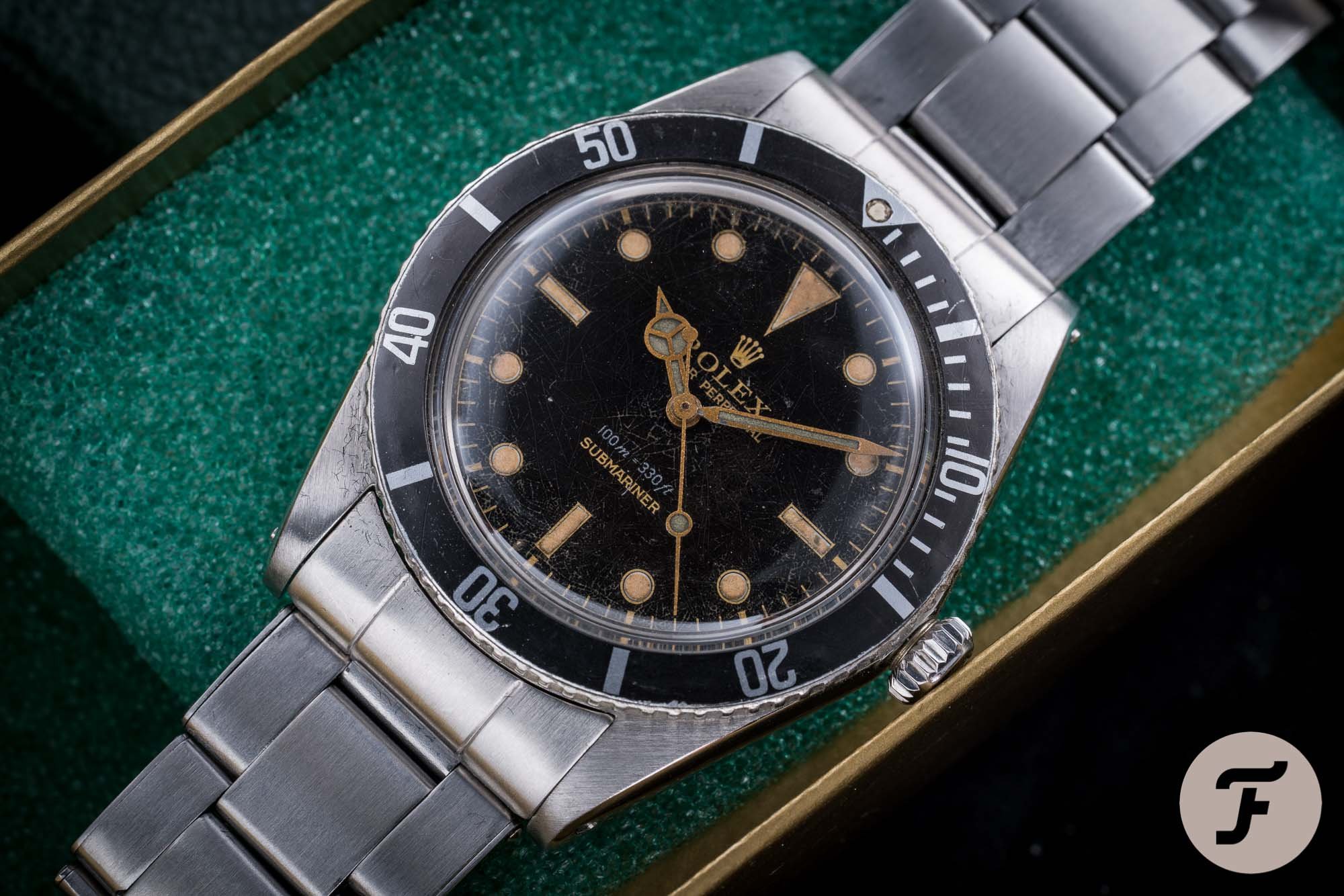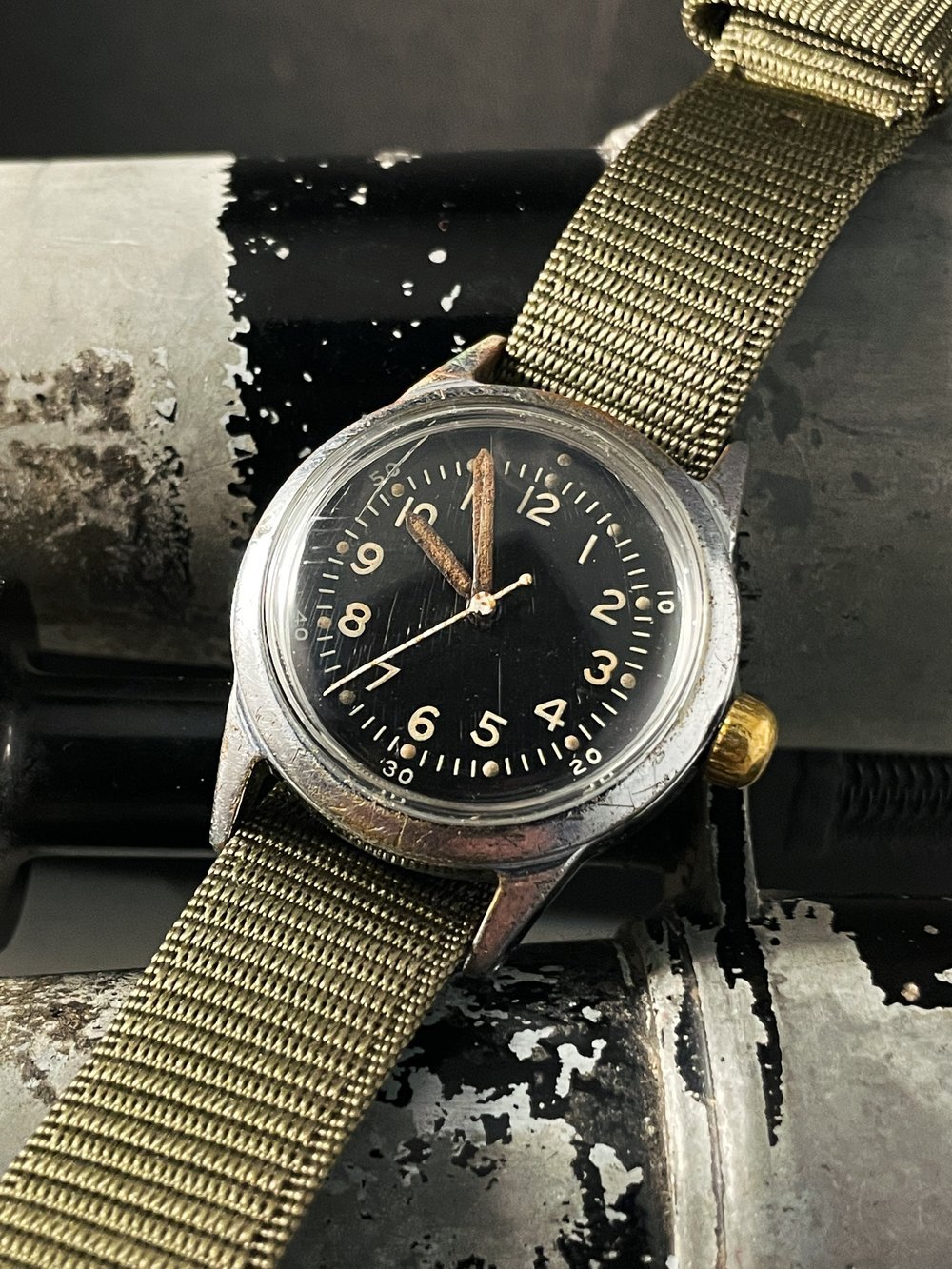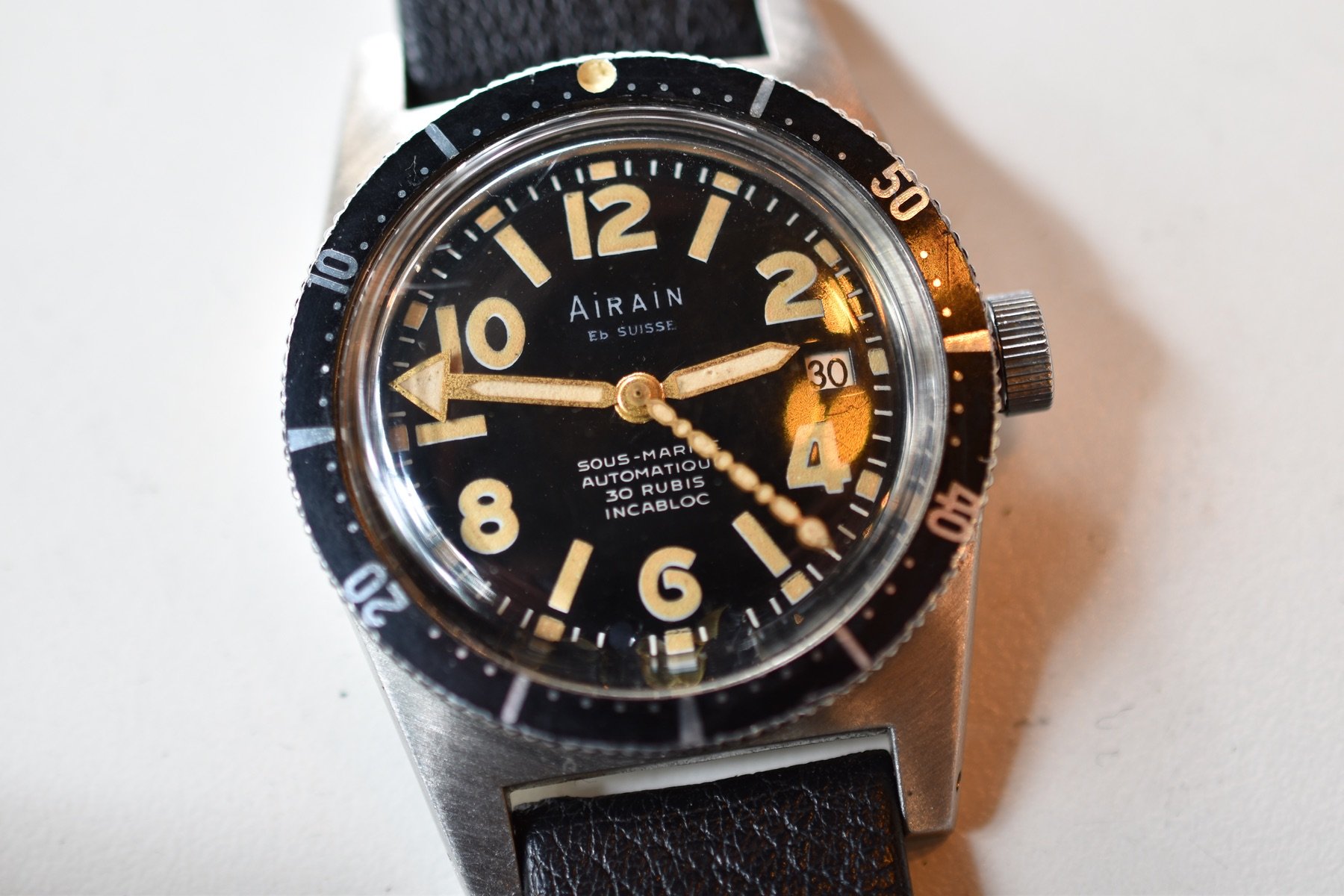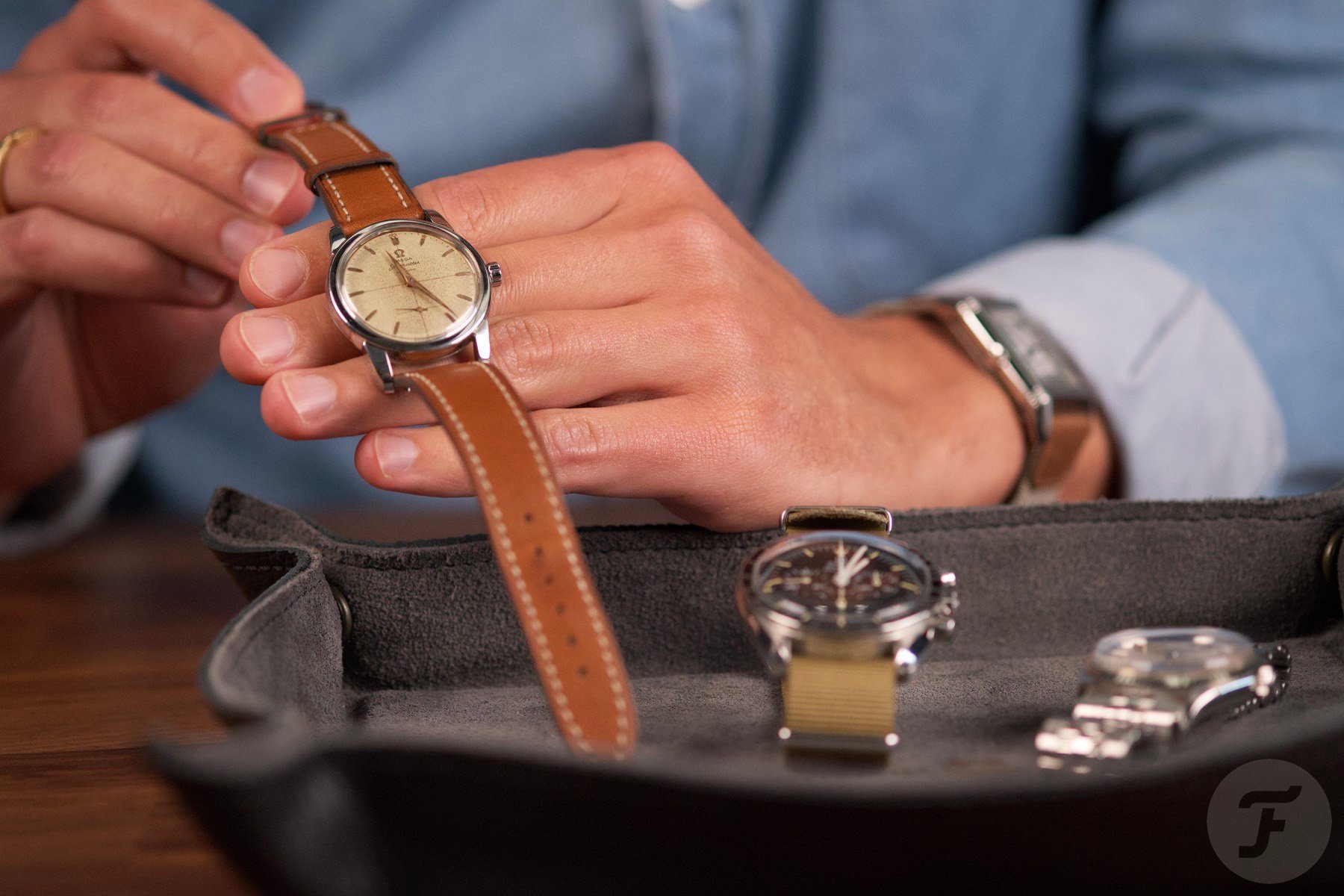Vintage Watches Aren’t As Fragile As You May Think
Fratelli, we need to talk. I love a brand-new watch as much as the next guy, but I feel that vintage watches get an undeserved bad rap. People often approach me with worries about the reliability of older watches. I also see it here on Fratello. Whenever a vintage or neo-vintage watch is part of a Sunday Morning Showdown, the comments include claims about reliability, and the modern watch wins. It is fine if you prefer new watches, but to say that vintage ones are unreliable is, quite simply, false.
So here is a little plea from my side: vintage watches aren’t as fragile as you might think.
Vintage watches aren’t fragile if you pick the right ones
For starters, the reliability of vintage watches cannot be generalized, just like the reliability of new watches cannot be. The internet is full of bargains on vintage watches, and, admittedly, there is a ton of garbage in there. But that doesn’t mean that good vintage watches cannot be reliable daily wearers.
A few things matter. First, you need to find watches that were well made to begin with. Second, you need to check if spare parts and the know-how to service the watch in question are readily available. Third, you need to buy from a trusted source, where you know the watch has had a full service before going up for sale. If you want to know what should be done during a proper service, have a look at this earlier article.
If you do your homework and can be confident about all three points, there’s no reason to expect major issues. Such watches don’t have to be babied.
Consider your use
When people express doubts about the fragility of vintage watches, I often counter with a question: “If this watch has been worn for five or six decades and survived in great condition, what do you plan on doing to it that will kill it?” You are into watches, which makes you likely to be more careful with a vintage one than its first owner who probably thought it was “just a watch”. It is odd that a watch that has proven its durability by lasting for decades is labeled as “fragile”.
Also, consider that many vintage watches were made for people who worked with their hands. The percentage of people that do has been decimated since. If a dive watch was made for professional divers 40 years ago, it would survive our desk diving today. Of course, you should consider your specific use. If you do have a lifestyle that exposes your watch to hard wear, you should probably opt for a modern tool watch. But that is likely more a matter of redundancy or overkill than anything else.
There is one element with which it pays to be mindful. Over time, steel-on-steel contact and some warping can result in slightly less reliable water resistance. The tolerances aren’t quite as tight as they once were. So if you plan on showering or swimming with your watch, a vintage one may not be the best choice. For general daily use, though, a good vintage watch can be perfectly dependable. Your watchmaker can check for water resistance too, soothing that worry about an unexpected rain shower.
Warranty
One argument I often hear is that new watches come with a warranty, which is comforting. The thing is, good vintage dealers will offer a two or three-year warranty too. And I will let you in on a little secret: they make slimmer margins on vintage watches than on new ones. Yet they somehow still feel comfortable offering a warranty. Why? Because they know they can.
That’s because they — the good ones, at least — limit themselves to the better-made watches and have them properly serviced. They know that these watches will be absolutely fine, free of problems that weren’t caused by the user.
I know this because I used to do it for a living. In fact, I have sold new watches with worse return rates than 50- or 60-year-old Omega and Rolex watches. That’s right; there are modern brands of luxury watches that struggle to meet the reliability of some vintage watches.
Vintage watches aren’t fragile if you know what to avoid
The great thing about mechanical watches is that they can — in theory, at least — be maintained indefinitely. As long as worn-out parts aren’t allowed to wreak havoc for extended periods, pretty much everything can be serviced. Especially if replacement parts are available, there isn’t much that can truly end the life of a watch.
Again, moisture is the exception. So what you want is a watch that is still properly water resistant. It shouldn’t show signs of rust or deformation. Have a close look at the case back and the lugs, for instance. They are often deformed if the watch has ever suffered severe damage. Also, look at the threading on the case back. Is it pitted? Is it deformed? If so, walk away. A crooked lug is a sign of a big impact. That could compromise water resistance, so have that tested.
Also, look at bracelet stretch and wear. You don’t want a bracelet that looks saggy and thin. After all, it is what keeps the watch safely mounted to your arm. Many vintage bracelets can be restored nowadays. Alternatively, you could track down an original replacement in better condition. Or you could put it on a strap, of course.
Sometimes, keeping it running is a hobby
So far, I have been talking about more common, well-built vintage watches. With those, the ownership experience can truly be the same as with modern watches. But what if you are into the more exotic, complicated, rare stuff?
In this case, keeping it running should be regarded as a hobby. Maybe you have to track down donor watches or find that one watchmaker who still has the oiling charts. Maybe you go through the online forums with a fine-tooth comb to track down another owner who can trade a part with you. The custodianship of the watch then becomes the enjoyable part. It can be greatly rewarding to take on that role and ensure that a historic watch stays alive.
Whether this is for you, however, is something that only you can decide. If you want that worry-free experience, it makes more sense to buy something common and proven. If I ever had issues with new owners of vintage watches, it is because they went overly exotic for their intended use style.
Vintage watches aren’t as fragile as people think
As you see, there isn’t all that much you have to consider. I would love to give you ten tips or something catchy like that, but it’s just not that complicated. During my days as a vintage dealer, I got to know tons of people who went about their daily lives wearing nothing but 70-year-old watches. They were absolutely fine.
“Why do you care?” you may ask. Honestly, I just think it is a shame if people miss out based on misconceptions and groupthink. I have absolutely nothing against people who just prefer new watches. It is for those who dream of vintage but don’t dare try it that I wrote this article. I hope this little rant provides you with the confidence to seek out a good dealer and jump in.
As a final little nail in the coffin of the “fragile vintage” myth, many watch brands have had amazingly high-level manufacturing and craftsmanship for decades, even centuries. They already operated to mind-boggling tolerances, using only the best materials back in the day. So while many things, including reliability, may still improve, it wasn’t bad to begin with.
Do you own vintage watches that have proved particularly reliable over the decades? Let us know in the comments below! Let’s provide a little counterweight to some of the online horror stories.

